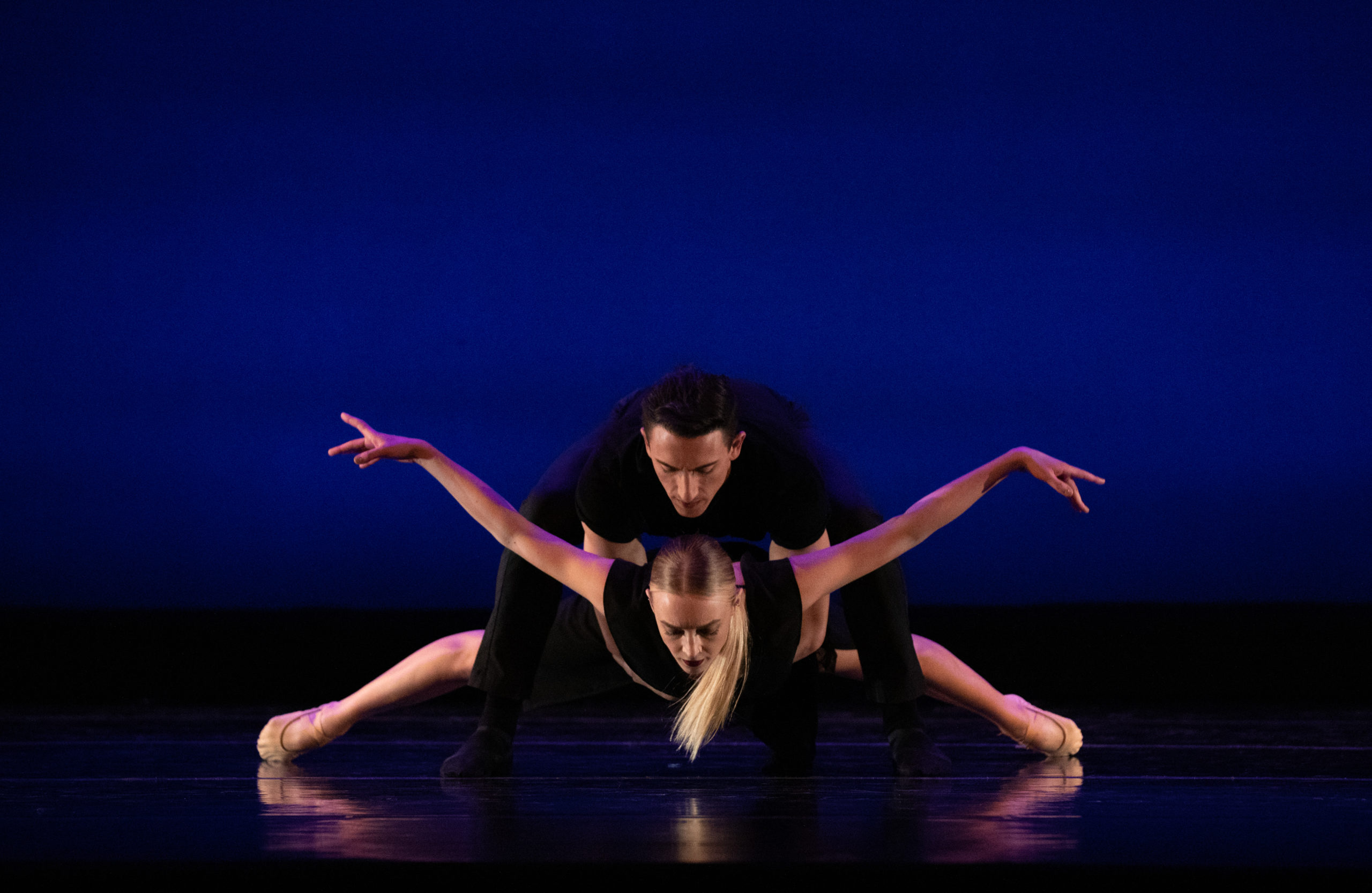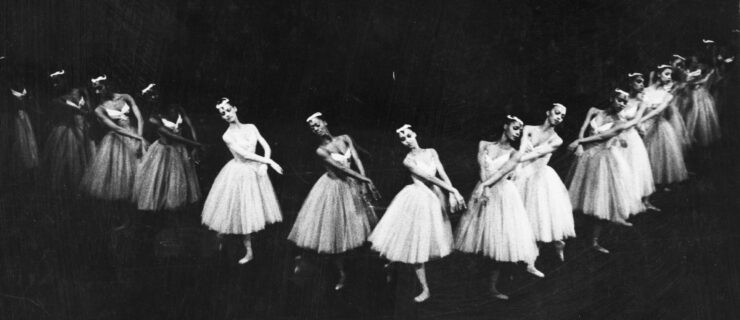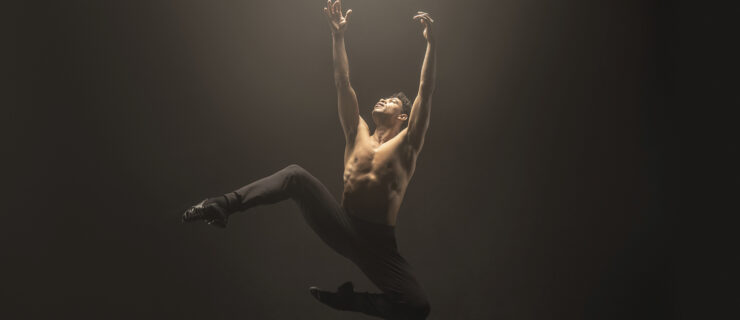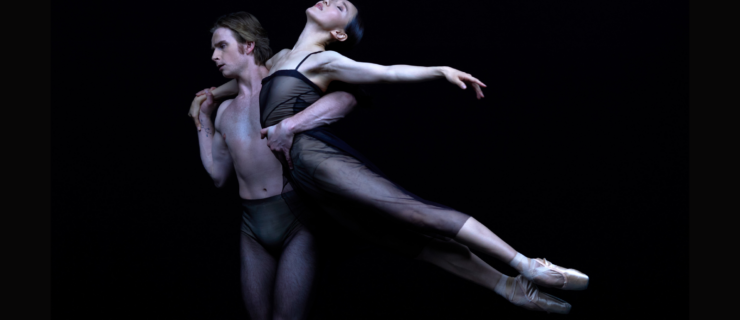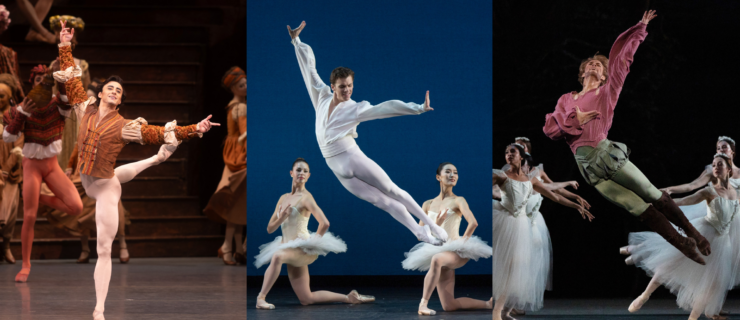The Brand-New Dance Aspen Gets Ready to Spread Its Wings
In March of this year, Aspen Santa Fe Ballet announced that the 25-year-old company was disbanding following pandemic-related difficulties. While the School of Aspen Santa Fe Ballet would continue offering dance training throughout Colorado’s Roaring Fork Valley, the 11 ASFB company members were unexpectedly left without work. Now, after just a few short months, five of those dancers have combined forces to create a new company of their own: Dance Aspen.
Joined by San Francisco–based choreographer Ben Needham-Wood and one new dancer, the seven-member start-up started rehearsing in June and is now gearing up for its debut performance, The Pieces Fall, at Aspen’s Wheeler Opera House on September 17. Citing the city’s tight-knit, arts-loving community, Dance Aspen founder and executive director Laurel Jenny Winton says she’s confident in the company’s future both in Aspen and in the greater dance world.
Pointe spoke with Winton and Dance Aspen artist and marketing/company manager Kaya Wolsey to discuss the company’s sudden rise, its upcoming performance and what they’ve learned from starting from scratch.
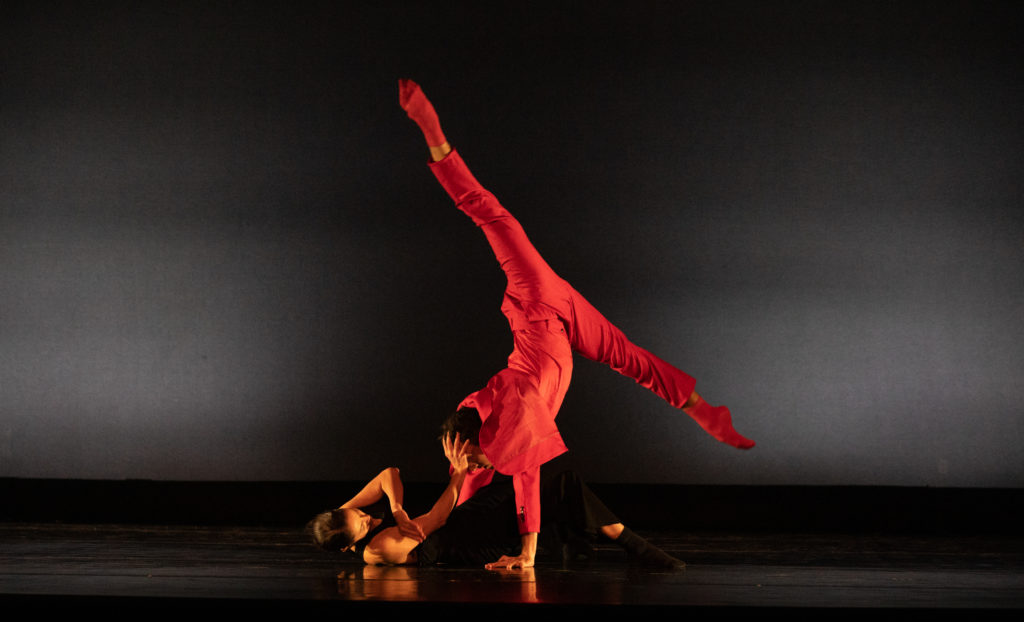
What did you do when you learned that Aspen Santa Fe Ballet was dissolving?
Laurel Jenny Winton: COVID has been difficult for our entire industry. It was hard, but we respected the decision and understood what the world was going through. We only found out a week before the press release was sent out. After the company closed, we sat together and thought about our options: to stay in the community we love but stop our careers, or to move away—but how would we get a job in the middle of a pandemic?
We decided to create a third option: Rebuild in the community we love. We started with absolutely no funding and were working for free for almost the whole summer. I paid out-of-pocket for things we needed, like flying out specific choreographers, and we were also working around our crazy outside-work schedules. But that nitty-grittiness created a unique identity for us; we were so determined and resilient that we would do anything to make it happen.
Kaya Wolsey: Laurel was the one who forged forward through all of this. From the beginning, we wanted to do it, but we were wary because it takes so much to build a company. But Laurel was strong—she’s the glue that holds us together.
You both hold leadership positions in the company. What has that been like?
LJW: I didn’t necessarily ever plan to run a dance company, but the opportunity presented itself, and it was something I had to explore. It ties together my lifelong passion of being an artist with this other entrepreneurial side of me. Sitting in the audience and seeing my friends dance has been just as fulfilling as being onstage myself.
The whole company is involved too. For a while, we didn’t have an official rehearsal director, so whoever was in the room and wasn’t dancing would give notes to the other dancers. We have a beautiful appreciation for one another.
KW: Ata previous company I worked for, SALT Contemporary Dance, every dancer had an administrative role. I gained marketing experience through that, and my mom also owns a dance studio. I’ve always been a part of teaching and helping put on shows, and I’m very grateful for it.
Dance Aspen is already working with some renowned choreographers. How did those connections develop?
LJW: We’ve had so much support early on from the greater dance world. Both Danielle Rowe and Penny Saunders donated several of their works, and Ben Needham-Wood created a new work for us too. Having this support allowed us to create the content we needed to get out there, raise money and provide the community with this upcoming show. Now we have the ability to give back and continue our relationship with these choreographers. It’s really exciting.
Tell me about your upcoming performance. What has it been like preparing for it?
LJW: There are seven pieces on the program, including works by Danielle, Penny and Ben. Several others have been created by dancers in the company. It’s great exposure for them not just as artists, but as choreographers.
KW: We barely had a week of marketing before tickets went on sale. But the first day, we sold over 100! It’s remarkable because it’s technically off-season in Aspen, so the people who are here in September are typically only locals. The theater has been absolutely wonderful, too—they know what dance means to Aspen and want to keep it here. They were taking a risk by having us and said it was about supporting us, not making money. But we’ve sold the tickets!
On a personal note, I’m performing Danielle Rowe’s For Pixie. After a time when I wasn’t sure if I’d ever dance onstage again, to be able to do this piece is so special. I do not take it for granted. Not one of us takes this for granted.
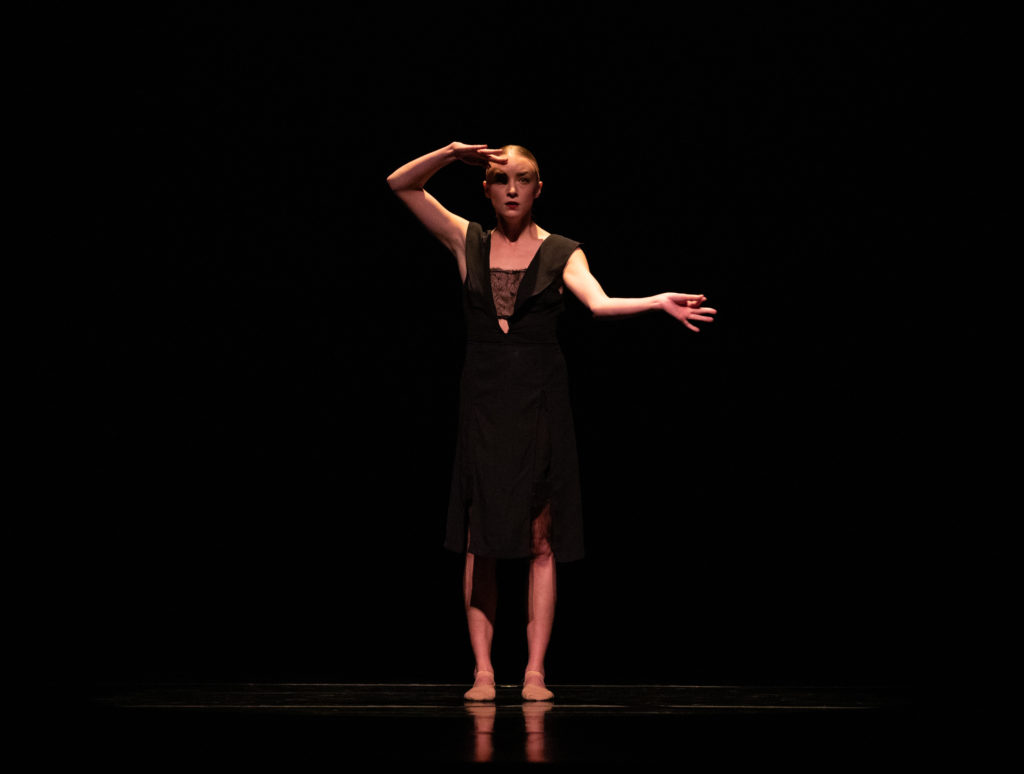
What are your long-term goals for the company?
LJW: Our mission is to bring high-caliber, locally produced dance to the Roaring Fork Valley. We are focused on being a part of the community more than ever. Our community realizes now that our local identity is in danger, with all the ins and outs of people here. Tourism sustains Aspen, but there’s an awareness we need to maintain. It’s a really great time for us to come into existence!
KW: Aspen is small in size and numbers, but it has a big impact on the arts community as a whole. The Aspen Music Festival and School, Theatre Aspen, the art galleries—the best of the best are here.
What have you learned through this experience?
LJW: We all loved ASFB. We loved our leaders, our co-workers. It made everyone in this community appreciate high-caliber dance, and we want to honor and continue that. This is going to sound super-cheesy, but the main takeaway from this summer’s success and the magic it’s produced is to not give up. If you truly value something in your community, don’t let any circumstance get in the way. People will join you and help you if it’s meant to be.
